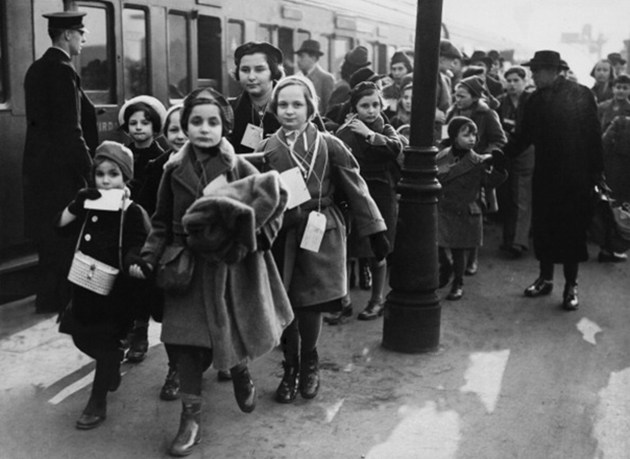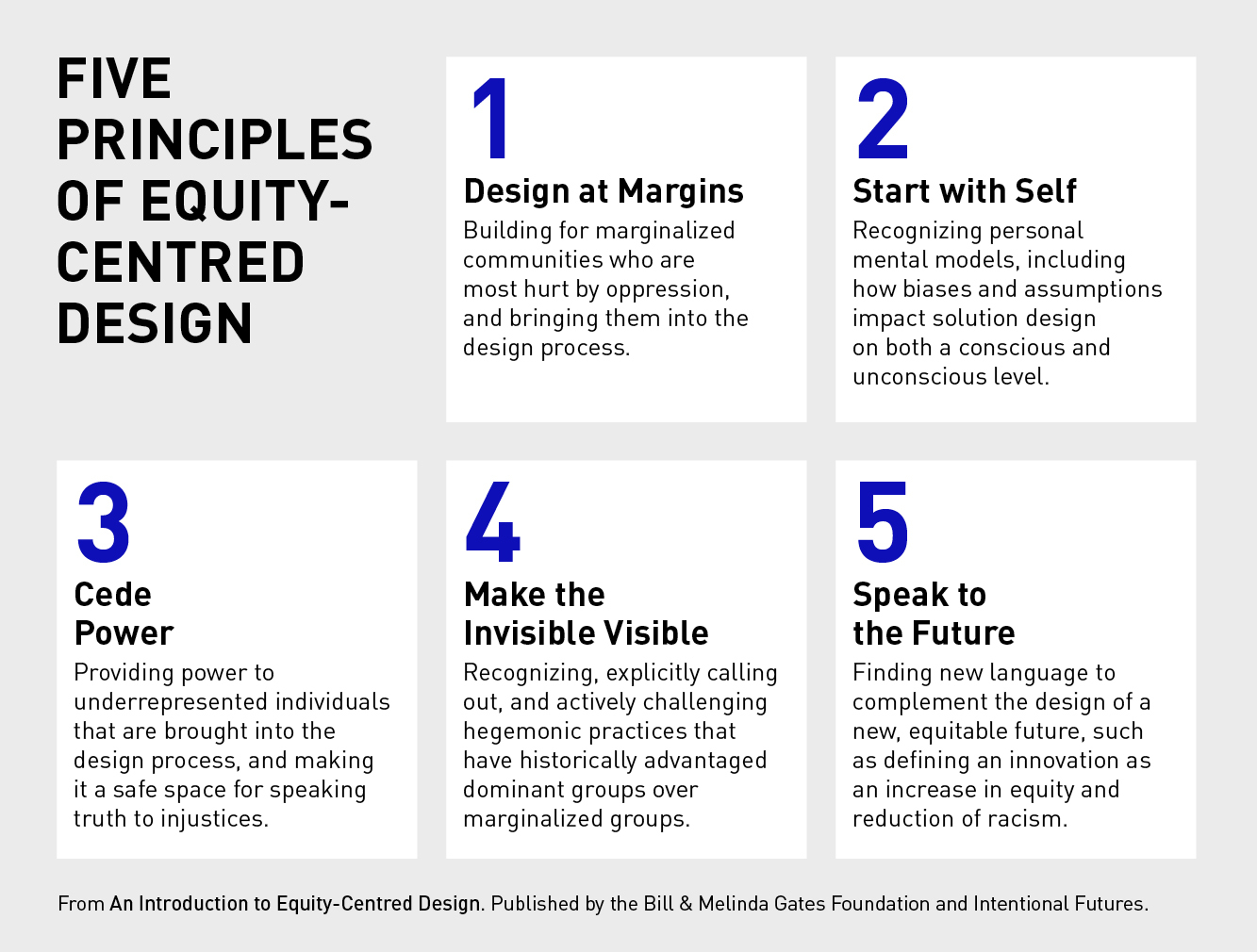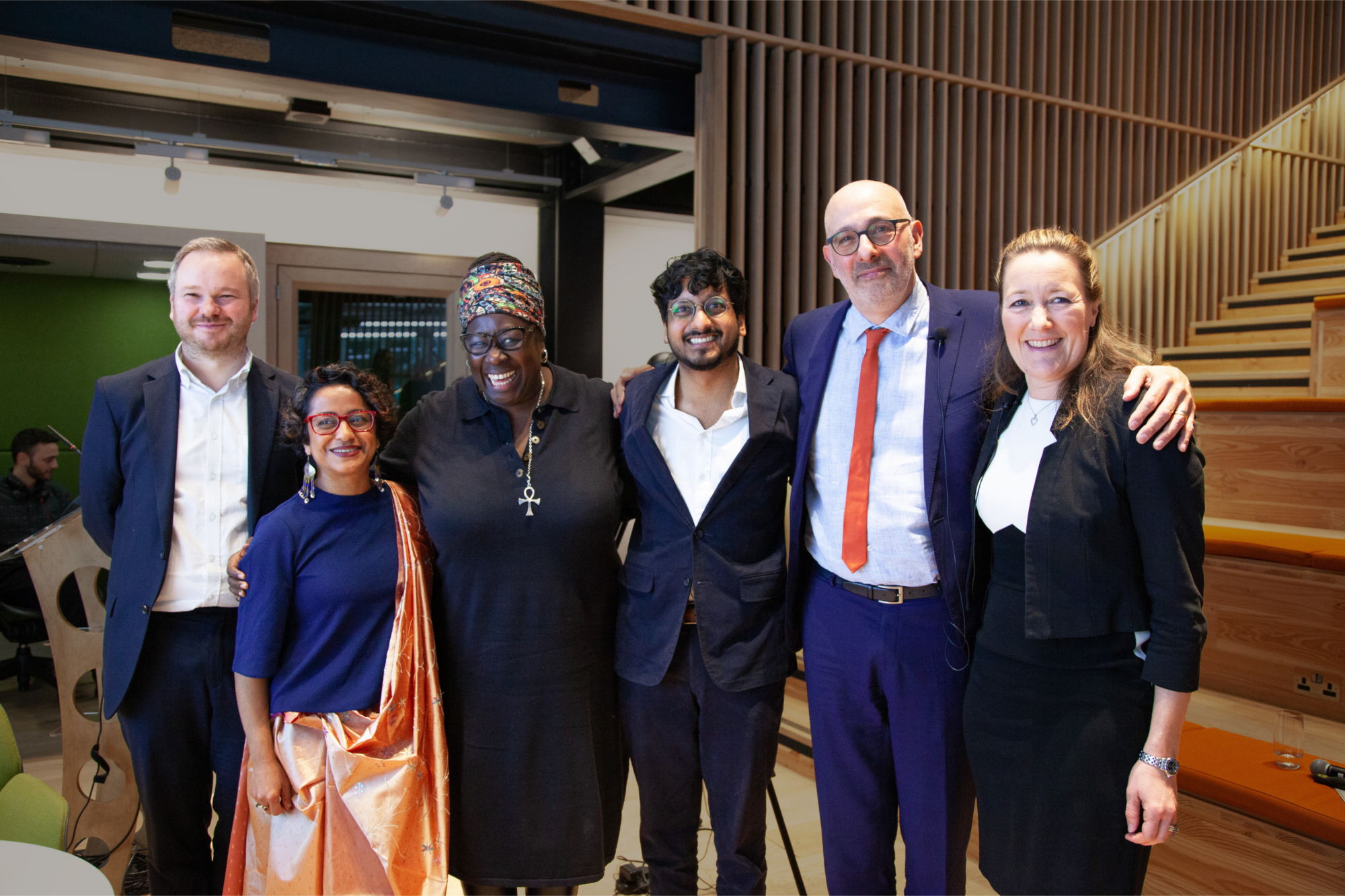
by David Kester — Oct 11, 2022
A new important frontier of design is opening up around the world. It seems timely to be writing about it at a time of year when we traditionally remember the conflicts of the previous century.
Here’s a short story to set the scene. 84 years ago, on the 10th November 1938, an 11 year old girl is on her way back from after-school classes in her hometown of Chemnitz, a German industrial city in Saxony. It’s early evening and as her tram tops the brow of the hill, she notices billowing smoke. Then she sees the synagogue in flames. Some shop windows are being smashed. A man is dragged out into the street next to her tram car. She watches as he is shot in the head. He is a friend of her parents.
The little girl was my mother. She later escaped Nazi Germany on a Kindertransport – though not all her family were so lucky. She was welcomed into Britain with open arms. She went on to become a successful fashion designer, taught at the Royal College of Art, and through her own label brought employment to other designers, and makers.
My mother passed on two lessons from her experiences. First, that racism in all its forms, is something to learn about and actively fight against. Second, that we should look on people escaping harm or seeking a better life as rays of economic hope.
I hear a chorus of “if onlys”. If only, we could learn from history. If only we could be more proactive in taking action on racism. If only we could be more innovative in how we turn diversity into social and economic good. Don’t we have enough evidence, know-how about behaviour change, and a need to live in a harmonious and sustainable globalised world, to incentivise positive social change?
Equity-centred design
These are the sorts of questions that are being asked by a new wave of designers who are working with economists, educators, employers and policy makers. They are seeking to rise above the nay-sayers and negative noise and instigate positive change. The emerging new discipline is often referred to as Equity-Centred Design and is well articulated in a recent paper from the Bill & Melinda Gates Foundation.

At DK&A, we have teamed up with a forward-thinking group of thinkers and doers to focus on some of these questions. An interdisciplinary approach involving aspects behavioural psychology with design is central. We’ve formed a partnership with the Black Leadership Group – an inspiring team of educators who have been supporting business and the public sector on how we might affect change in the workplace and in education.
Over the coming weeks we’ll be talking more about the combination of Design & Equity. We’ll be announcing a new joint programme with our partners and creating opportunities for our Design Thinking community to engage, contribute, and learn. Watch this space, please do keep following our newsletter, and feel free to reach out if this is your area of interest.
Featured image is of Jewish Kindertransport children arriving in London in February 1939 (Photo by Keystone-France/Gamma-Keystone via Getty Images).
For more information about our upcoming work in the space of equity-centred design, or any other aspect of DK&A’s work, please get in touch.

